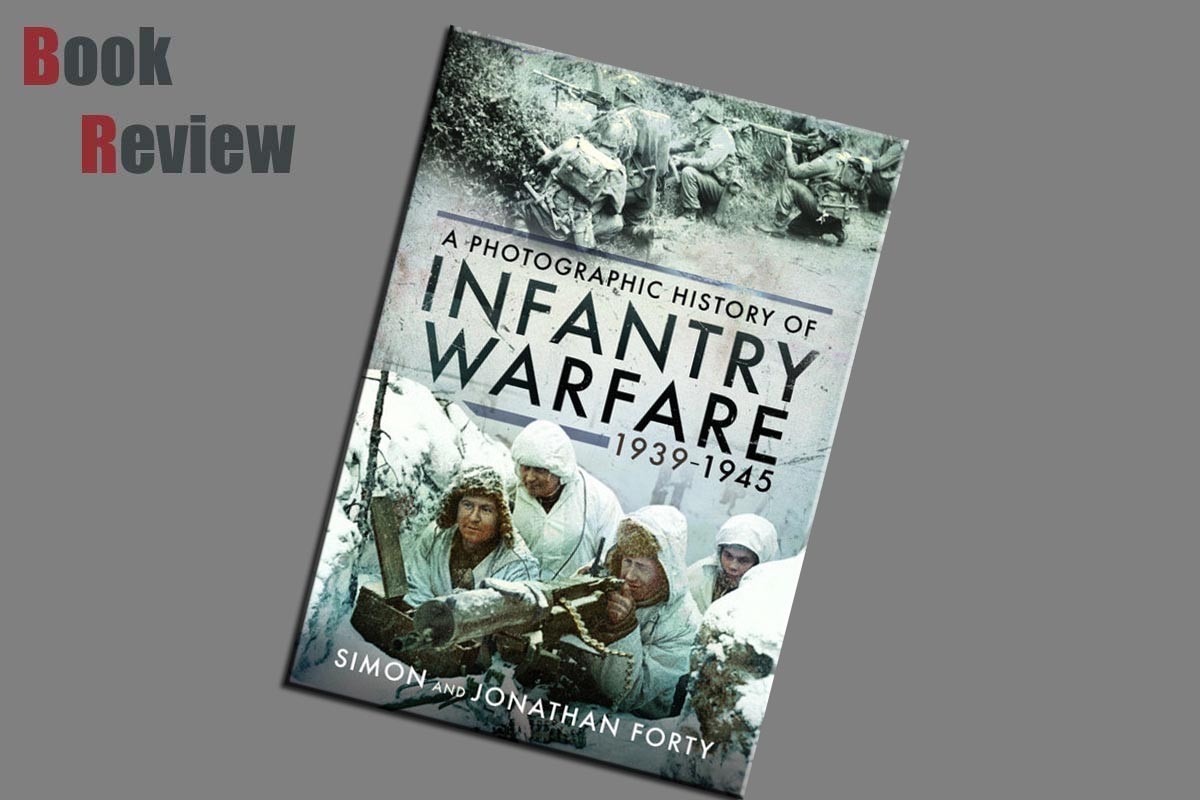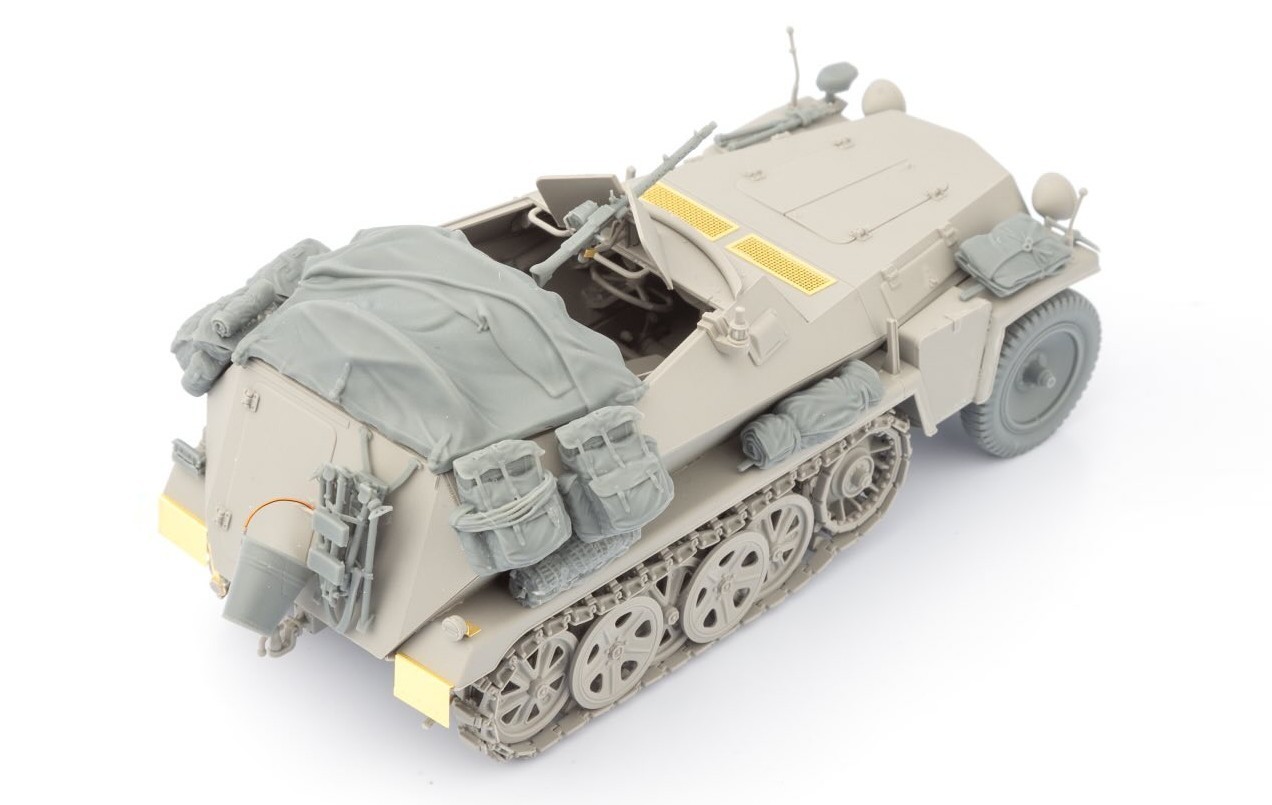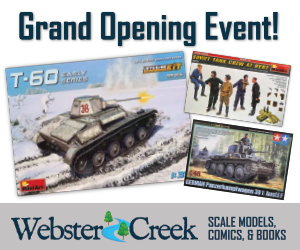
Introduction
The following introduction is taken from the Pen and Sword website:
The infantry can always be found at the sharp end of the battlefield. You may be able to crush an opponent with armour or artillery, but there’s only one way to take and hold ground and that’s with riflemen – the ‘poor bloody infantry’. And it is the infantrymen of the Second World War – from all sides, Allied and Axis – who are the subject of this highly illustrated history. It uses over 400 wartime photographs plus contemporary documents and other illustrations to show the developments in equipment, training and tactical techniques and to give an insight into the experience of the infantry soldier during the conflict.
Although the infantry were critical to the war effort, their contribution is often overshadowed by the more dramatic roles played by soldiers with more specialized skills – like tank crew, paratroopers and special forces. They also suffered devastating casualties, in particular during the last phase of the war in the west when around 20 per cent of an infantry division’s riflemen were likely to die and over 60 per cent could expect to be wounded. So as well as describing how the infantry fought, the authors look at the motivation which kept them fighting in awful conditions and despite brutal setbacks. The result is a thorough, detailed and revealing portrait of infantry warfare over seventy years ago.
Review
This offering from Pen and Sword is a hard backed book, written by Simon and Jonathan Forty and is the third book I have looked at produced by the duo, all of which comes under “A Photographic History of”. This release has 240 pages of a matt paper, that gives those of us who have not served in the military a look at the tactics, and conditions used and faced by both Allied and Axis troops during WWII.
The information is provided over seven chapters and nine appendices, and these are
Mechanisation
The Extremes: Dessert, Jungle and Snow
Amphibious Operations
Casualties
Russia
North West Europe
Life in the Infantry
Appendices:
Defensive Positions
Camouflage
Mines and Mine Clearing
Grenades
Flame Throwers
Mortars
Machine Guns
Loads
Communications
This offering from Pen and Sword, provides its information in both the text and photographic formats. The text is well written in English, and provides information on a large number of aspects of the regional warfare during WWII, and looks at the tactics, and steps taken to overcome those conditions and to be in a fit state to fight the enemy. Much of what is provided in the book, will be familiar to many of you who have done military service. This is because the conditions faced then are the same now and the tactics that worked back then, are by and large the same tactics used today. It is true that man has become better equipped to deal with unfavourable conditions, with everything from the clothing worn to the equipment carried, and weapons used have made life that little bit easier and more survivor able. Perhaps the biggest changes from then to now, is the use of combined arms.
In addition to the written text there are a large number of period black and white photographs, showing everything from action shots to taking a break at the rear, and these images are captioned to make them of maximum benefit. I myself found the drawn illustrations of particular interest, as they clearly showed aspects of fighting a war that would not be obvious from a photograph, and it is these that will help the modeller to correctly depict something like a mortar set up in the field. I admit that these would be under ideal conditions, but for those that don’t like to be told “That wouldn’t happen”, this book let you know that you are right.
Conclusion
This offering from Pen and Sword covering Infantry warfare in WWII, attempts to cover all aspects of Infantry fighting in the field, and as much as I enjoyed this book I can’t help feeling that they perhaps tried to do too much for one title, and it may have been better to break this down into books covering German, Commonwealth, and American Infantry forces. As while many of the tactics are used across the board, they each tend to have their own nuances that individual books could cover better. With all that said, I think the modeller will thoroughly enjoy this title, due to the large number of period photographs included.




























